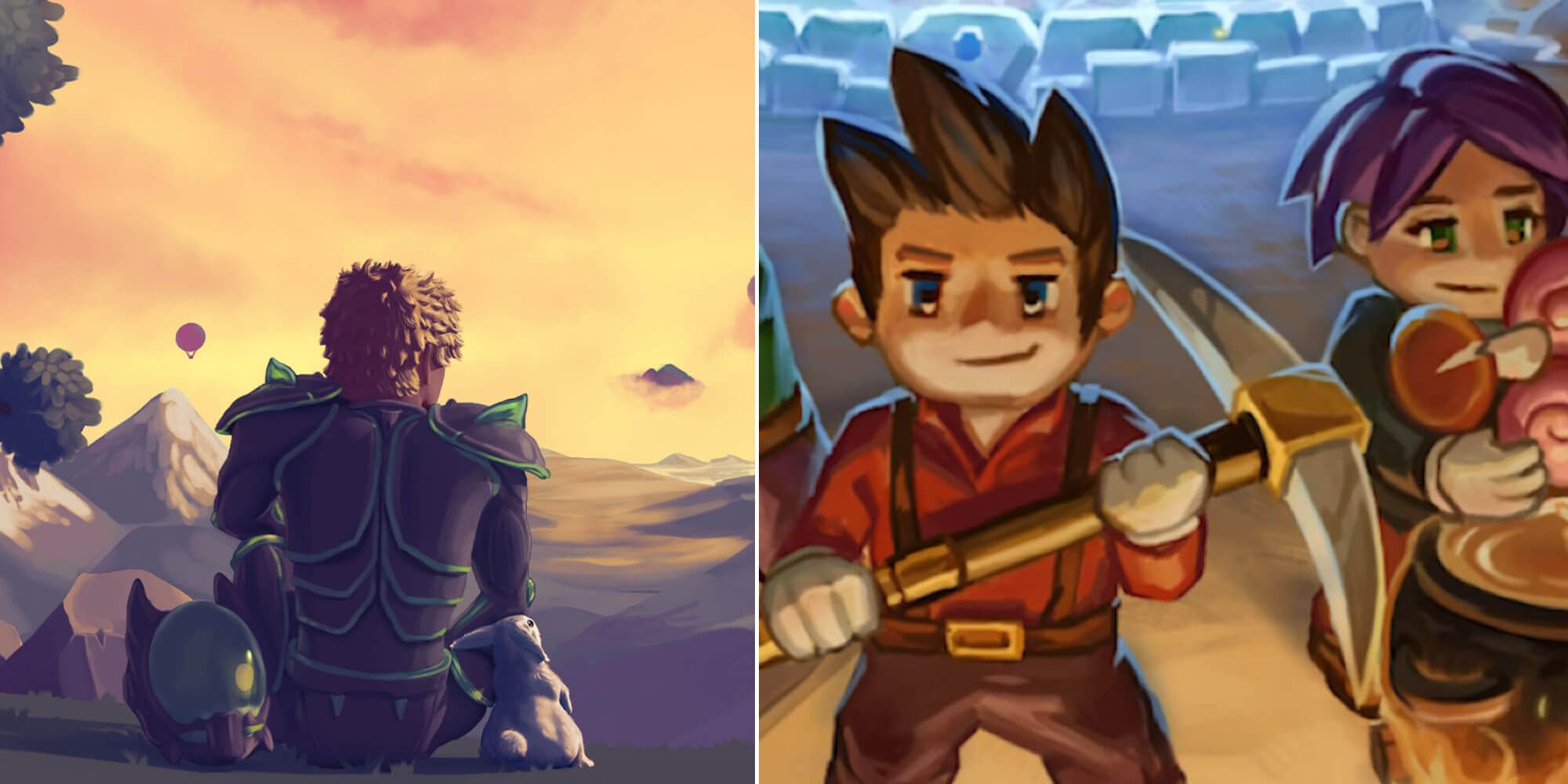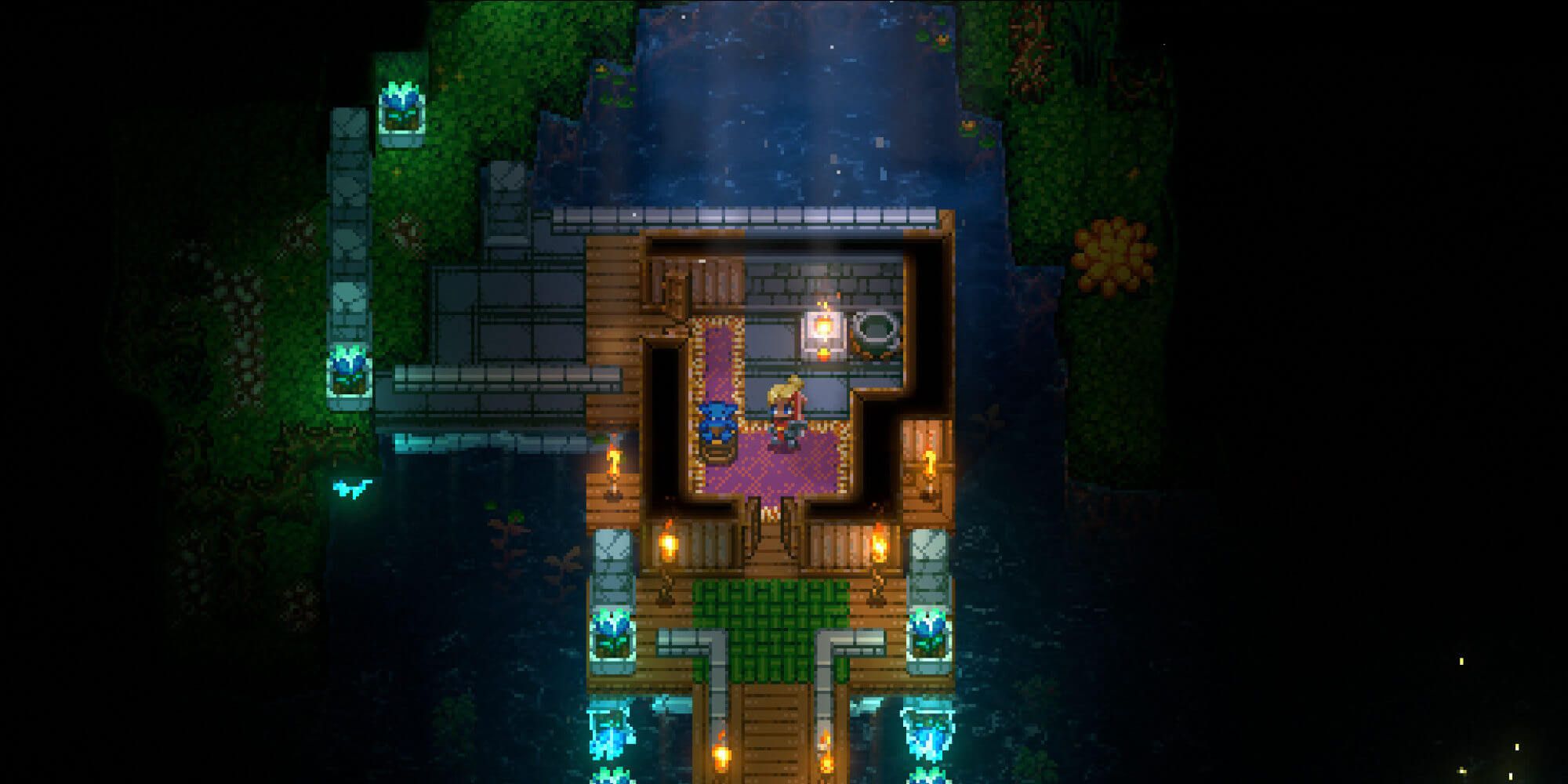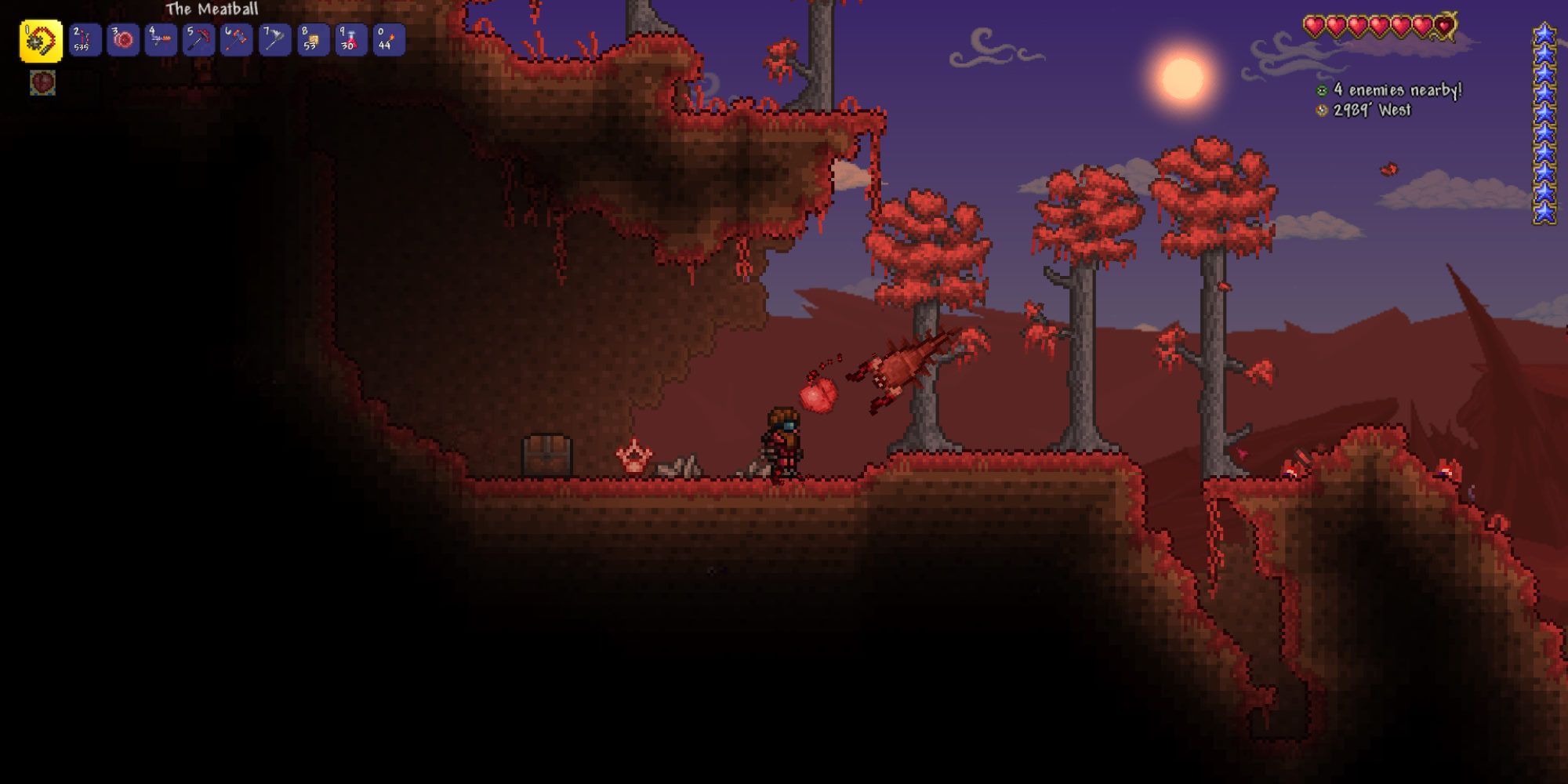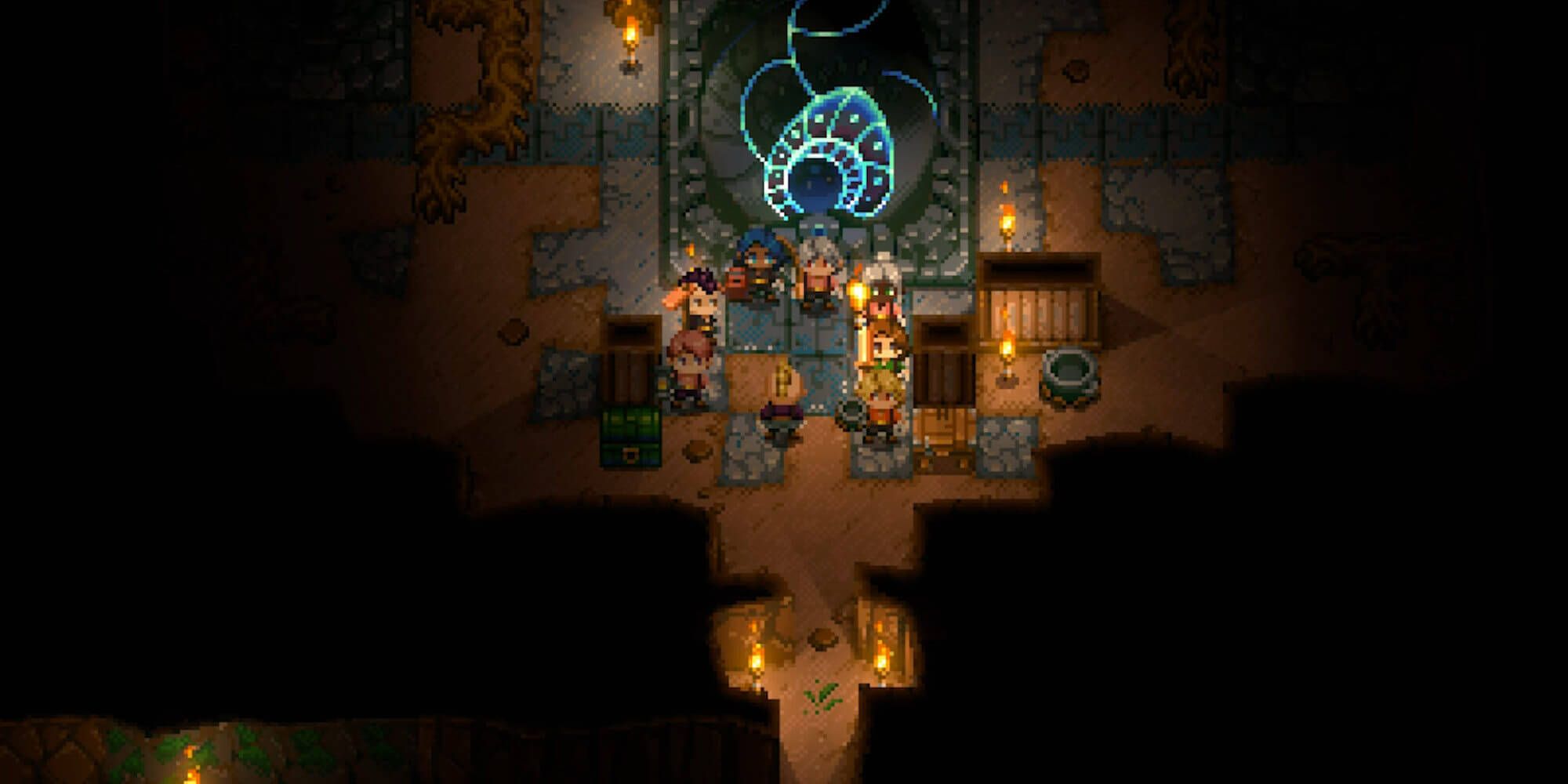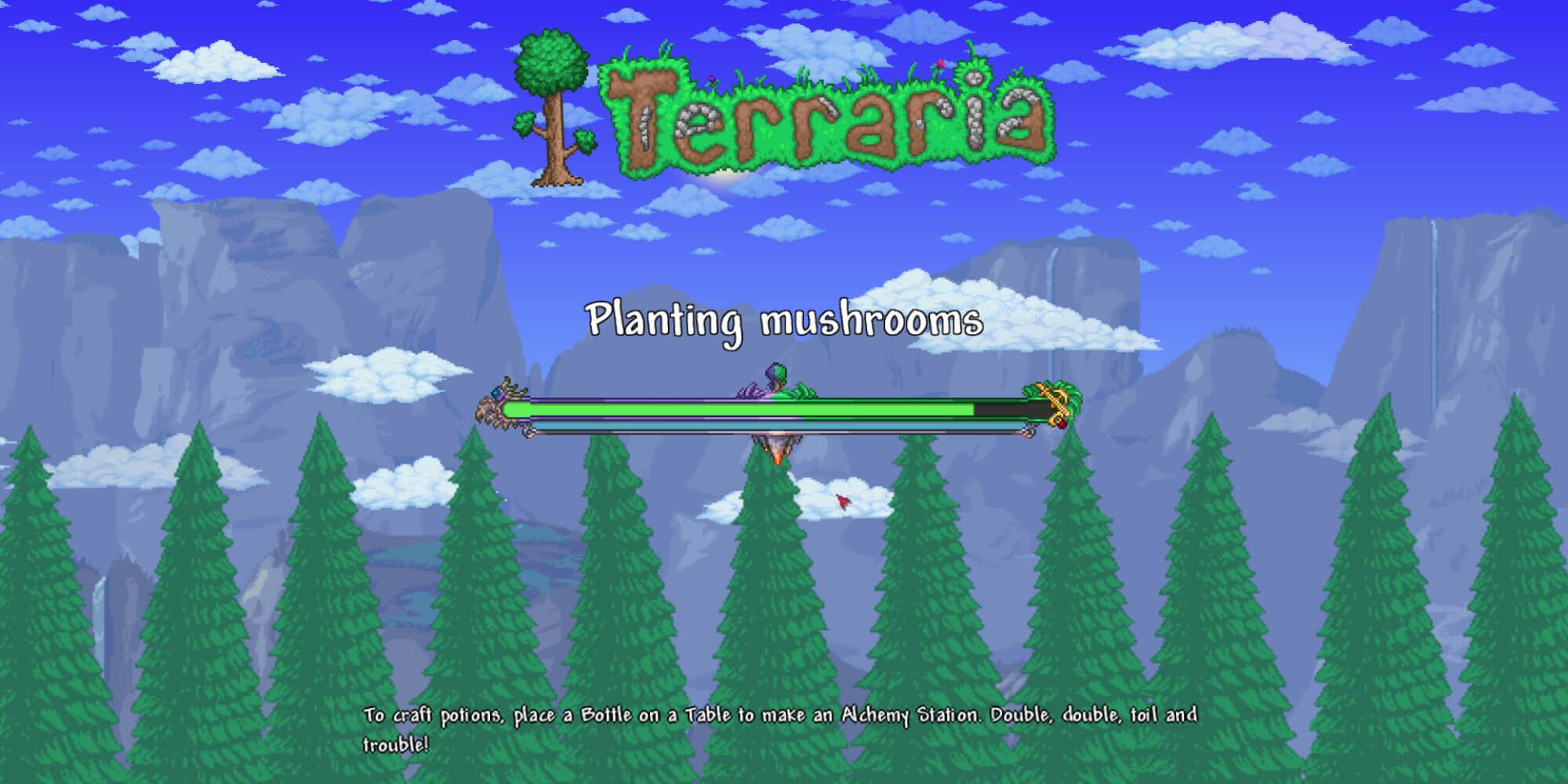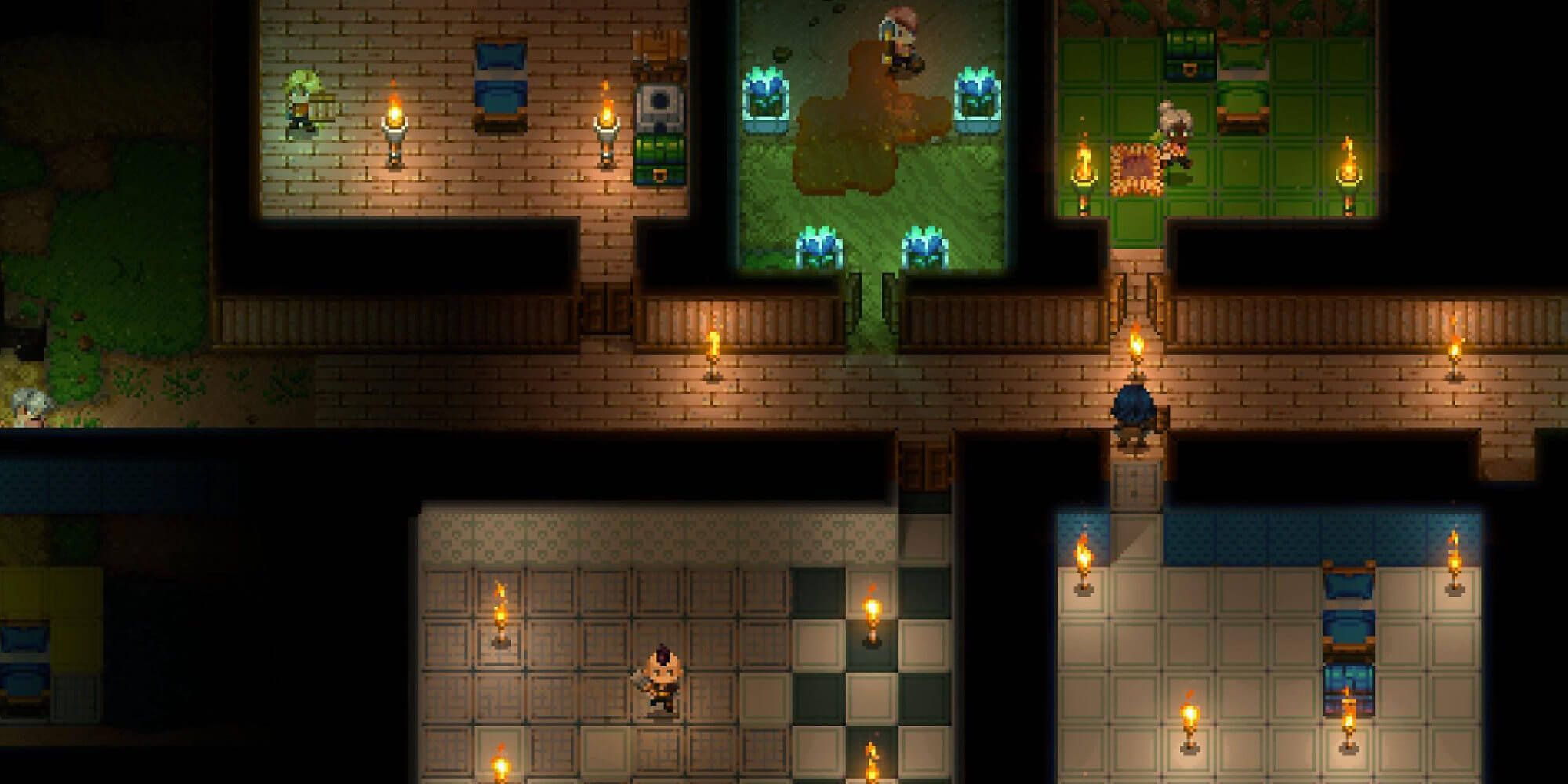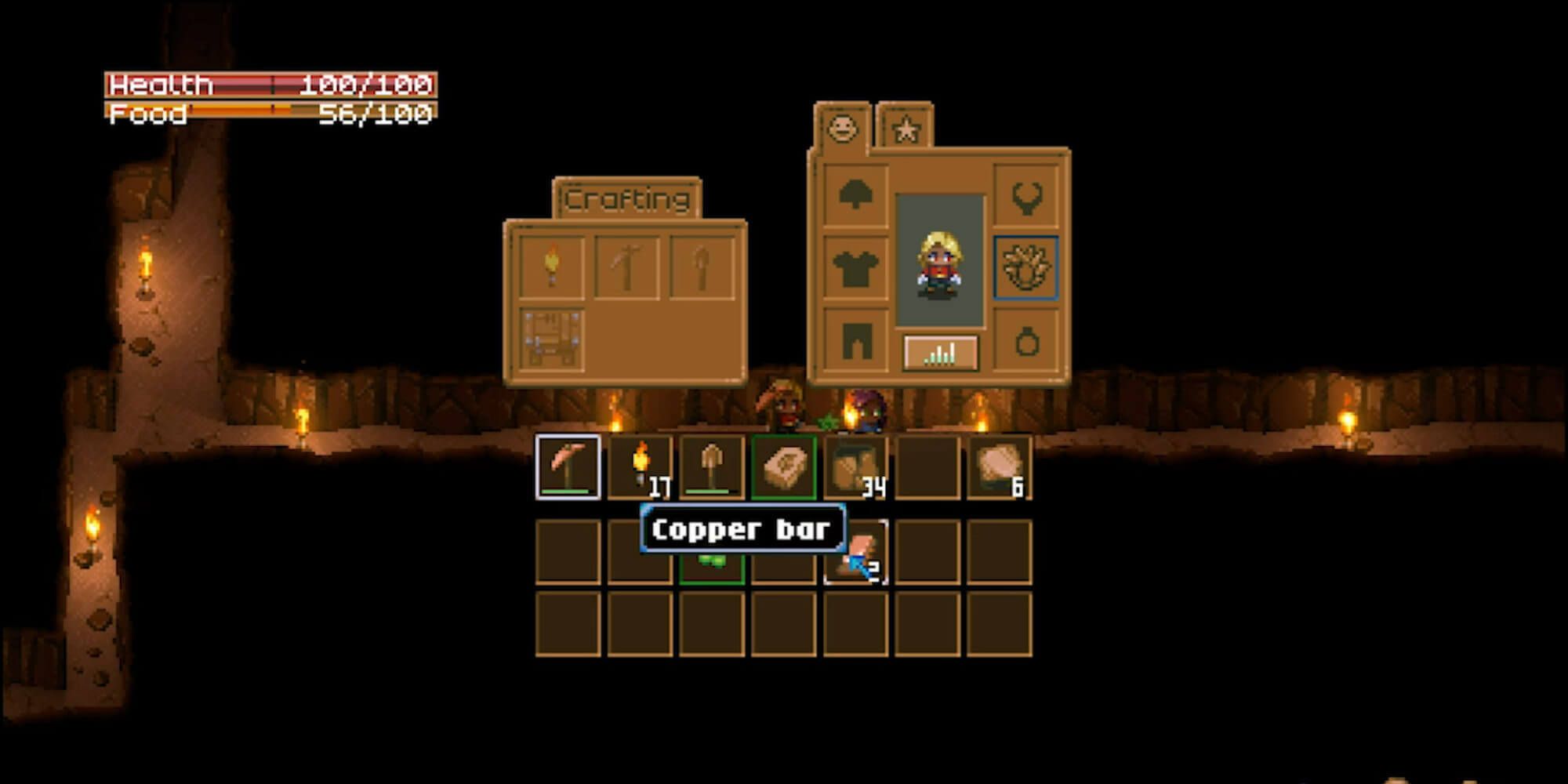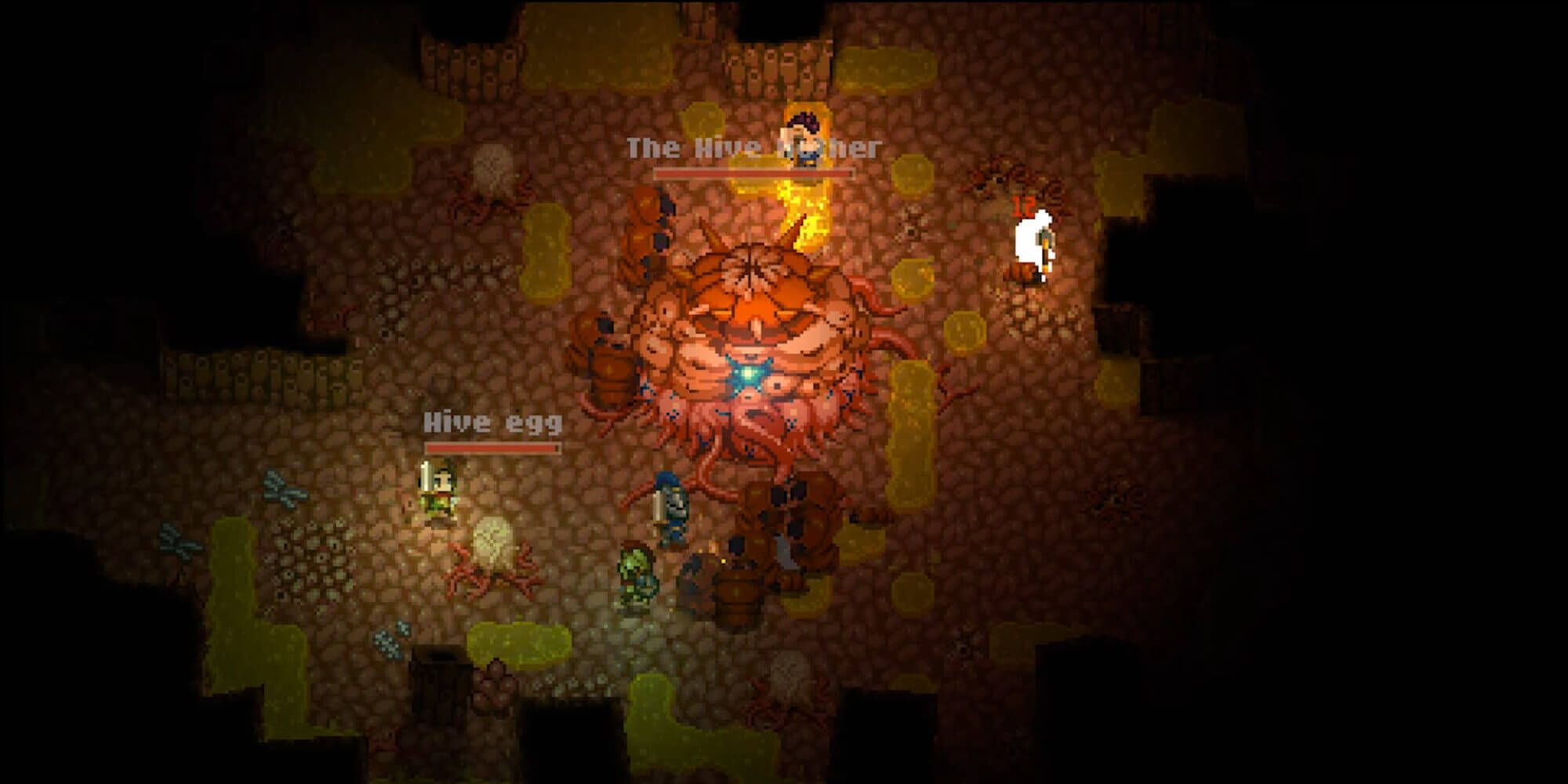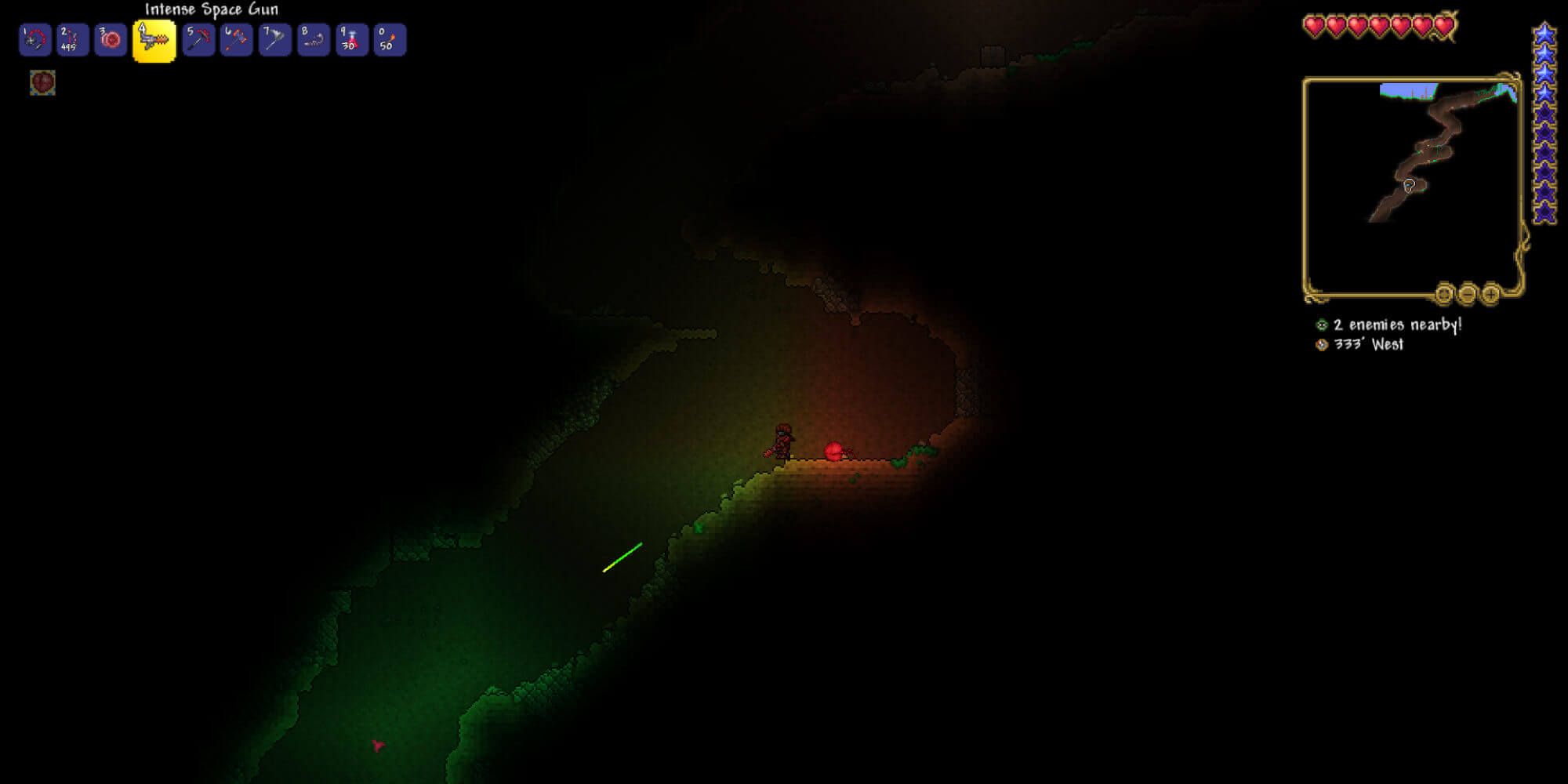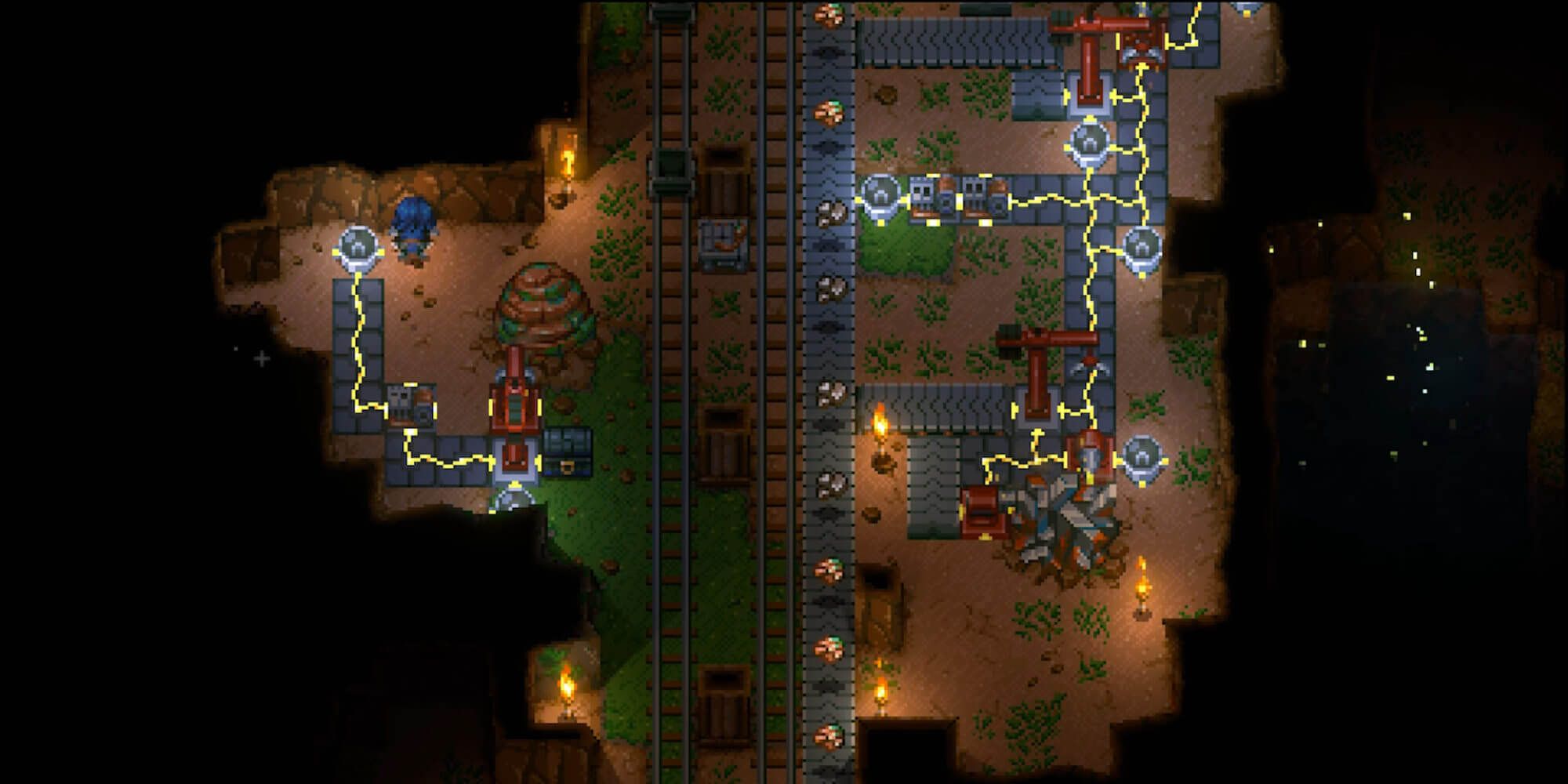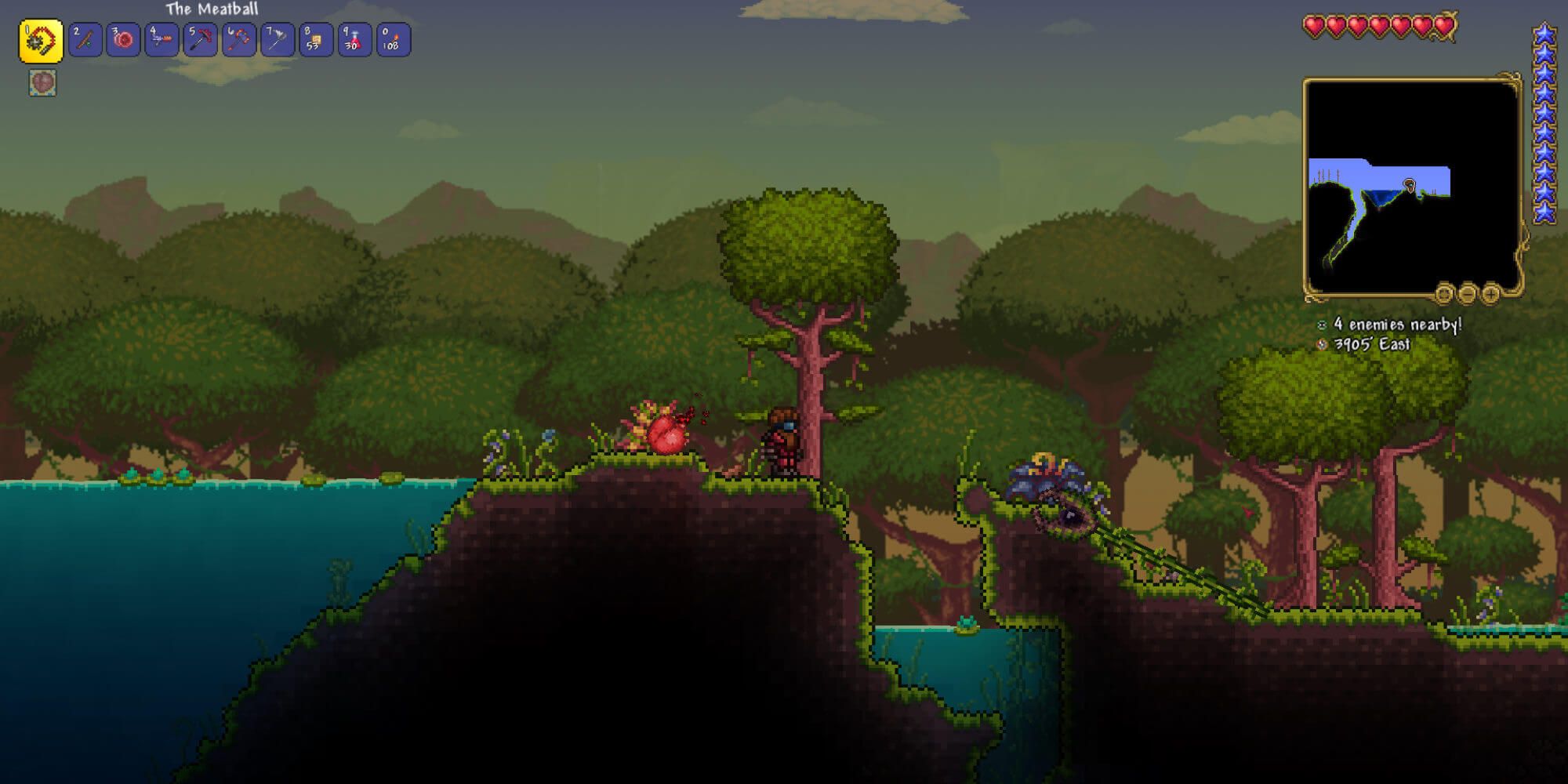Core Keeper is an isometric survival crafting sandbox with a focus on mining that brings other famous games to mind, including Terraria. Terraria has many similarities to Core Keeper, though the two do have their own distinct differences that make them stand out from one another. At the time of writing, Core Keeper is in Early Access - the two will likely diverge and change as Core Keeper cements its identity as a game. At present, though, the two possess an uncanny number of similarities.
The similarities between Terraria and Core Keeper mean that fans of one can easily adapt to and become enamored with the other. Both games offer something for the creatively-minded player in a 2D space with charming aesthetics.
10 The Survival Sandbox's Basic Concept
At their cores, Core Keeper and Terraria fulfill the same basic premise. Both are base-building sandbox games with multiplayer options and a focus on crafting. There are many similar games in this genre, including Valheim, Starbound, Minecraft, and Subnautica. Each has a distinct style while adhering to the same basic gameplay loop: acquire materials, then create a new item to help you harvest new, better materials.
The various ways with which you can approach games like Terraria and Core Keeper can inspire creativity, efficiency, and ingenuity.
9 Using Biomes For Diverse, Distinct Locales
Biomes are the standard term for environments in a survival crafting game. Terraria has numerous biomes, from the surface world's jungles and deserts to the depths of the world's core. Biomes often hold resources and ores exclusive to that biome and usually have unique enemies and bosses to fight.
Core Keeper has fewer biomes available at the moment, but more biomes are on the way according to the roadmap, such as the sunken sea, desert, and crystal biomes.
8 Tacitly Encouraging Multiplayer
Games like Terraria and Core Keeper are often better with friends. While this means you'll require more resources, it also means that you can build grander structures and tackle multiple objectives at the same time. Games, especially online multiplayer games, allow people to connect with friends regardless of the distance between them.
Connections like these aren't exclusive to sandbox games, but the accessibility of the genre makes it easy to bring your friends into the fold. Many focus on cooperation rather than competition, but the open-ended nature of the genre offers your gaming group a lot of flexibility.
7 Creating Infinite Worlds Via Procedural Generation
Procedural generation often uses a seed, a collection of symbols that define the layout of a world and affect spawns. Two seeds with everything else the same will have duplicate worlds. Terraria uses this to create the biomes, settle liquids, fill chests, spawn ores, and create underground caverns.
Core Keeper also uses procedural generation to help create its biomes and endless resources. It will continue to create content as you travel away from your spawn point, much like in Minecraft. Procedural generation can be found in all sorts of genres, but it's especially prevalent in roguelikes, sandboxes, and survival games.
6 Implementing Community Feedback
Early versions of Terraria took feedback from the community to help develop the game. In the past decade, early access games have become more ubiquitous, but Terraria and its development served as a sort of proving ground for the concept. It was a finished, working product that took community input to improve it and add new content in later patches.
This was common for live service games, such as MMOs, but it was still the early days of considering games as a service. Many studios and games would follow Terraria, allowing players to play games ahead of their official retail launches. The Core Keeper devs will likely be taking community feedback into account for future updates.
5 Crafting-Based Progression
Crafting is the main form of character progression in survival crafting games. Crafting allows you to decorate your world with various objects and displays. Finding and sourcing the materials to construct something you want or need can be a whole adventure in itself that requires careful planning and forethought.
Whether it's mining ore, slaying monsters for their dropped items, or journeying to the depths of the earth, Terraria and Core Keeper use crafting to keep you engaged as you strive for new weapons, armor, and tools.
4 Deadly Boss Encounters
One thing many players fondly remember about Terraria is the boss fights. Starting with the Eye of Cthulhu, bosses often served as gates to progression, gear checks, and obstacles for the player to overcome. That may require building a special arena, upgrading your equipment, or finding useful consumables in your environment.
Glurch, the Abominous Mass, appears in the Dirt biome and is often one of the first, if not the very first, boss that players fight in Core Keeper. When defeated, Glurch drops a number of useful items. These drops include various early game ores, a large quantity of slime, and, rarely, its exclusive figurine.
3 Exploring The Great Unknown
Exploring your environment is a common approach to gaming, and sandbox games do a great job of scratching that itch. The way they often randomly generate terrain, require players to journey far from their homes for supplies and have very different-looking environments all encourage travel and finding new ways to get from point A to point B.
Terraria requires you to mine to the depths of the earth or traverse dangerous jungles for better items, and Core Keeper hides bigger, more impressive secrets as you move away from the spawn point.
2 Requiring You To Master Your Environment
Many people look up guides and walkthroughs to get started surviving. Some games are more forgiving on your first day than others, but one of the first things players should do is harvest nearby resources, make tools, and build a small base. From there, you'll relocate to something more permanent or continue to build on it.
Create storage to hold all of your resources, relocate mobs to a more convenient spot, build stations to create new items, and defend yourself against hostiles. Mastering the world around you is the difference between surviving comfortably and struggling.
1 Using Sprites To Bring A World To Life
2D sprites possess a special retro charm. It's relatively easy to develop a world with a consistent design using sprites, and the artwork is less costly to produce compared to modern photorealistic graphics. Sprites are far less graphically intensive than real-time rendering, thus passing the low barrier to entry on to the consumer.
Various options allow gamers with a wide variety of budgets to play the game and expect decent performance depending on their additional hardware specs. Most crafters use a voxel or tile-based building system, which means that simple modeling or sprite work helps ensure that the disparate pieces fit well together. Terraria's sprite work is simpler than Core Keeper's, but both games have a distinct appeal thanks to their 2D designs.

